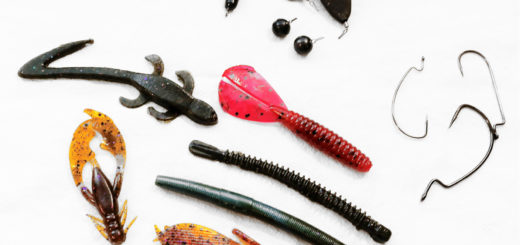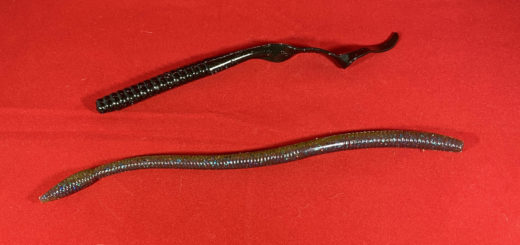All fishermen and women alike have been known to float fish at some time in their hobby / profession. A fishing float is the most simple and effective way to tell when a fish has taken bait, as bait fishing usually involves some slack line, the strike of the fish onto the bait may not travel the entire length back to the rod for indication, hence the fishing float comes in to provide a reliable way of detecting when a fish is on the bait.
Most people know of the most basic style of fishing float, these are often small red and white plastic balls with a button on top. Many people often incorrectly fish these floats by placing a swivel on both top and bottom, in reality however, the design of this type of fishing float is meant to only encompass the usage of a swivel attachment at the bottom as you press the button in.
In fact, the great majority of fishing floats often require attachment from the bottom only, most fishing floats on the market tend to allow only for bottom attachment, this is often seen as more reliable, and allows the float to sway much easier, instead of being dragged along, a float attached from the bottom only will sway side to side, and respond quickly to any small movement in the line. Only in western countries has the “inline” fishing float proven popular, mainly due to it’s ease of use and the extra weight it provides on the line, another likeable feature is it’s inability to come off the line (unless the line snaps), they are however not as accurate as a bottom mounted float such as a pencil float.
Things in the west however are changing, with more fishermen and women from Asia and Europe integrating into society, we are moving towards using the bottom only style of fishing float quickly. For this reason, you should consider learning how to attach a fishing float to your line from the bottom of the float only, give it a chance and you will soon realise this is a much more reliable method of fishing, and allows you to use such floats as a pencil float, extremely popular in Europe and Asia, but rarely used by locals in the commonwealth or North America.
The main benefits of using a fishing float are as follows:
Your bait and line will remain suspended in the water column, important for presentation and detection by passing fish, surface bait and bottom bait only target species who are solely seeking out food, where as a central or slightly suspended bait inside the water column provides the ability for all passing fish to detect and consider taking an easy meal.
Bottom fishing often causes many snags, and when fishing with a sinker, there is nothing more annoying than hooking onto a fish, only to soon realise your line has become snagged and you will have to cut the line off or potentially snap it trying to get it free. This method of fishing also produces the most ‘line litter’ in the waterways, leaving fishing line in the water isn’t a good idea as it can cause harm to all species that use the waterway. Ducks for example are well known to dive under water and take fishing baits.
A float drifts with a light breeze, meaning that your bait will also move along with the waters surface movement, a slow moving bait is always more attractive to a fish.
The most obvious benefit however is that you will never have to guess if a fish has your line, once a fish strikes, or even bumps the bait (if using a bottom mounted float), the fishing float will move. Over time you will begin to be able to detect by the floats movement when a fish has brushed against your bait, when it is taking a quick taste test, and when it has actually taken the bait and it’s time to strike.







